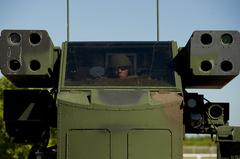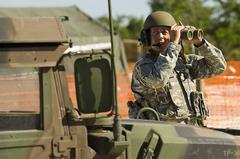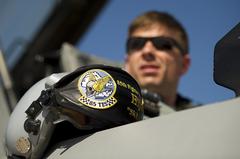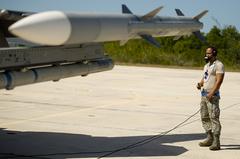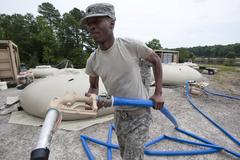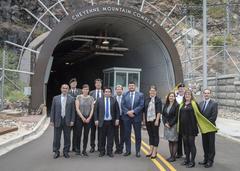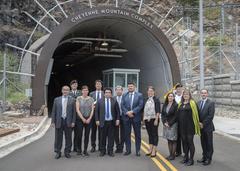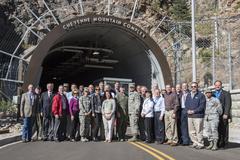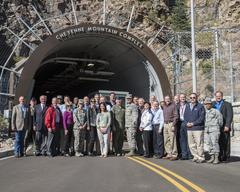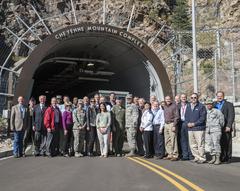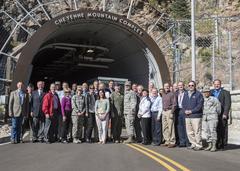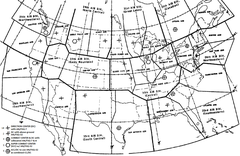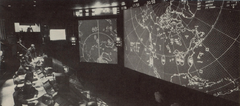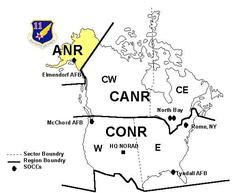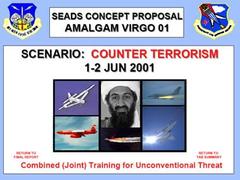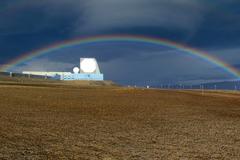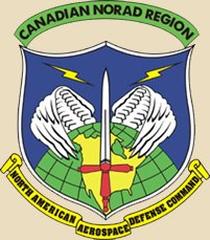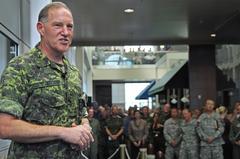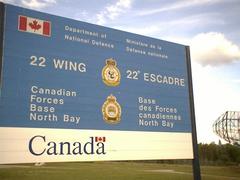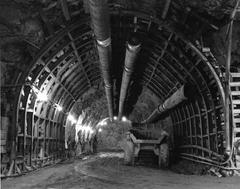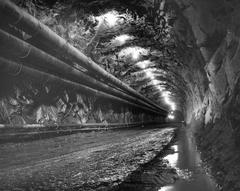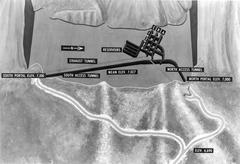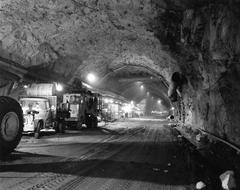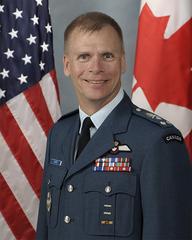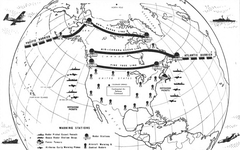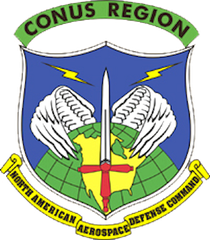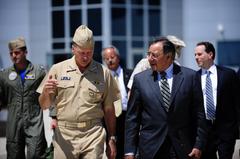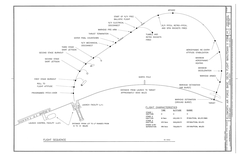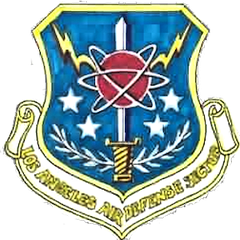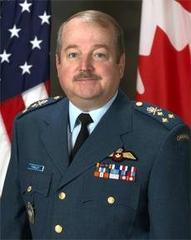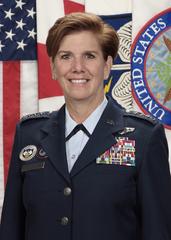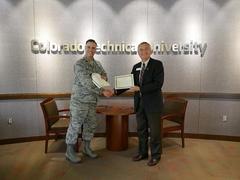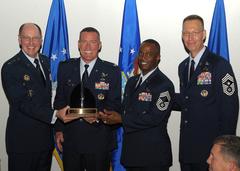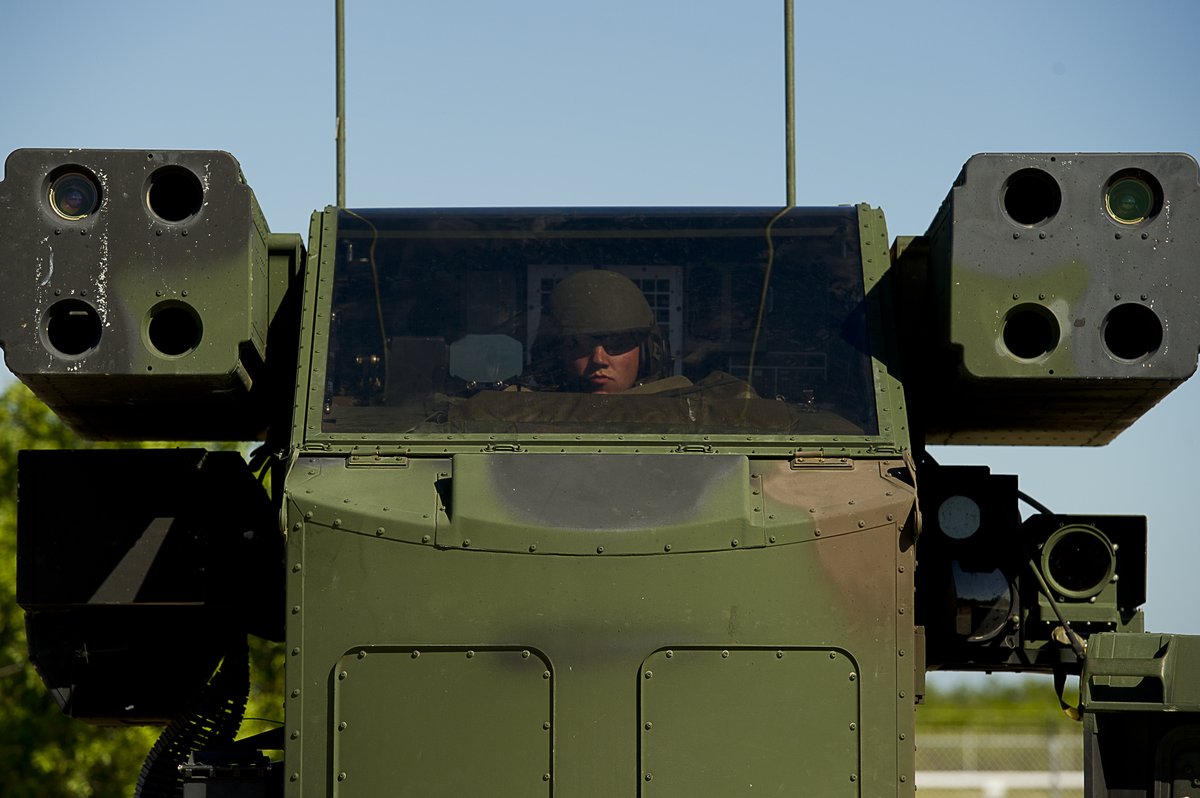
North American Aerospace Defense Command
NORAD Colorado Springs Visiting Hours, Tickets, and Travel Guide
Date: 14/06/2025
Introduction
The North American Aerospace Defense Command (NORAD), headquartered in Colorado Springs, Colorado, stands as a pillar of North American continental defense and a symbol of U.S.-Canadian military partnership since its establishment in 1958. Conceived during the Cold War to counter the threat of Soviet missiles and bombers, NORAD’s command structure and technological capabilities have evolved to address contemporary challenges, including space monitoring and cyber threats. The iconic Cheyenne Mountain Complex—an engineering marvel carved beneath solid granite—remains a testament to Cold War innovation and preparedness, designed to withstand nuclear attacks and maintain operations under extreme conditions. While NORAD’s facilities are closed to the public, Colorado Springs offers numerous historical sites, museums, and state parks that allow visitors to explore the region’s aerospace defense legacy. This guide provides essential information about NORAD’s history, nearby attractions, ticketing options, travel tips, and how to experience NORAD’s enduring significance virtually and on the ground. (History Colorado, VisitCOS, Hirsch Secure)
Table of Contents
- Origins of NORAD: A Bi-National Defense Initiative
- The Cold War Context and the Need for Cheyenne Mountain
- Engineering Marvel: Building Inside the Mountain
- NORAD’s Mission and Operations
- Evolution Through the Decades
- Visiting the Cheyenne Mountain Complex: Visitor Information
- Accessibility and Nearby Attractions
- Travel Tips
- Virtual Tours and Media
- Frequently Asked Questions (FAQ)
- Visual Gallery
- Related Articles
- Stay Connected
Origins of NORAD: A Bi-National Defense Initiative
NORAD was established in 1958 as a joint U.S.-Canadian response to mounting Cold War threats. The unprecedented bi-national command structure was created to provide coordinated aerospace warning and defense across North America, reflecting the reality that airborne threats would not recognize national borders. Colorado Springs was chosen as headquarters due to its central, inland location and robust military infrastructure, offering maximum warning and defense capability. (History Colorado)
The Cold War Context and the Need for Cheyenne Mountain
The rapid development of offensive missile technology in the late 1950s and early 1960s made a surprise nuclear attack a real concern. NORAD’s radar and early warning networks required a command center that could survive direct nuclear strikes. Construction of the Cheyenne Mountain Complex began in 1961 and finished in 1966, costing $150 million (about $1.5 billion in 2023 dollars). Its purpose: create the world’s most secure and resilient command facility, able to withstand nuclear, electromagnetic, and biological attacks. (EnvZone)
Engineering Marvel: Building Inside the Mountain
The Cheyenne Mountain Complex sits 2,000 feet beneath solid granite and encompasses 15 buildings, each mounted on giant shock-absorbing springs to absorb nuclear and seismic shockwaves. The underground space covers 4.5 acres, with ceilings 60 feet high. Noteworthy features include:
- Blast Doors: 23-ton, 3-foot-thick steel doors seal the entrance in under a minute, protecting the facility from external threats. (SlashGear)
- Self-Sufficiency: Onsite water reservoir, power plant, climate control, and food stores allow for extended autonomous operation. (History Colorado)
- Redundancy: All vital systems are duplicated for maximum operational resilience. (Complex Magazines)
NORAD’s Mission and Operations
NORAD’s mission is to detect, validate, and warn of aerospace threats to North America. During the Cold War, this involved round-the-clock monitoring for Soviet incursions and coordinating interception responses. Today, responsibilities include:
- Aerospace Warning: Detection and tracking of aircraft, missiles, and space objects
- Aerospace Control: Directing defensive fighter intercepts
- Maritime Warning: Monitoring seaborne threats (Complex Magazines)
The command center processes radar and satellite data from across the continent, ensuring rapid defensive coordination. (EnvZone)
Evolution Through the Decades
While the risk of Soviet attack has lessened, NORAD and Cheyenne Mountain have continually adapted. Emphasis has shifted to countering cyber warfare, advanced missile systems, and space-based threats. The primary operations center moved to Peterson Space Force Base in 2008, but Cheyenne Mountain remains an alternate command center, ready to be fully activated during crises. NORAD’s ongoing relevance was demonstrated in 2023, when NORAD-directed fighters intercepted a foreign surveillance balloon over U.S. airspace. (SlashGear, EnvZone)
Visiting the Cheyenne Mountain Complex: Visitor Information
The Cheyenne Mountain Complex is a secure, active military installation and is not open to the public. There are no tours, public visiting hours, or ticket sales for entry. This policy, in place since 2001, ensures the facility’s security. Only individuals with official business or special clearance may access the site. (Denver7, Uncover Colorado)
Accessibility and Nearby Attractions
While the NORAD complex itself is closed, the Colorado Springs area offers several related attractions for military and history enthusiasts:
- Cheyenne Mountain State Park: Open daily from 5 a.m. to 10 p.m.; features hiking, wildlife viewing, and interpretive signage. Park entrance tickets are required. (VisitCOS)
- Cheyenne Mountain Zoo: Open daily, with hours varying seasonally; online or at-gate ticket purchases available. (VisitCOS)
- Peterson Air & Space Museum: Free admission, open weekdays; exhibits cover NORAD and aerospace defense history. (petemuseum.org)
- National Museum of World War II Aviation: Open Wednesday through Sunday; tickets available online or at the door. (worldwariiaviation.org)
- U.S. Air Force Academy: Public visitor center, Cadet Chapel, and scenic grounds.
The Cheyenne Mountain tunnel entrance and blast doors remain off-limits and are not visible from public roads. Approaching restricted areas or attempting to photograph the facility is strictly prohibited. (Denver7)
Travel Tips
- No Public Tours: Do not expect access to the NORAD complex; plan your visit around nearby attractions.
- Photography Restrictions: Do not attempt to photograph restricted areas; observe all posted security signs.
- Prepare for Altitude: Colorado Springs sits over 6,000 feet above sea level—dress in layers, stay hydrated, and use sun protection.
- Check Schedules: Confirm hours and ticket requirements for museums and parks before visiting.
- Visitor Information: The Colorado Springs Visitor Information Center offers maps, brochures, and personalized recommendations. (VisitCOS)
Virtual Tours and Media
While you cannot tour the Cheyenne Mountain Complex in person, several documentaries, official videos, and virtual resources provide a detailed look at NORAD’s history and engineering. Explore interactive maps, virtual exhibits, and online galleries via museum and military websites.
Frequently Asked Questions (FAQ)
Q: Can I visit NORAD or the Cheyenne Mountain Complex?
A: No. These facilities are not open to the public, and there are no tours or visiting hours available.
Q: Are there nearby attractions where I can learn about NORAD?
A: Yes. Visit Cheyenne Mountain State Park, Peterson Air & Space Museum, and the Colorado Springs Pioneers Museum for related exhibits.
Q: Is photography allowed near the NORAD complex?
A: No. The facility is not visible from public roads, and photography near restricted areas is prohibited.
Q: What are the visiting hours and ticketing options for nearby attractions?
A: Cheyenne Mountain State Park: 5 a.m.–10 p.m., day-use tickets required; Cheyenne Mountain Zoo and local museums have their own schedules and ticketing—verify details before your visit.
Q: Are there virtual tours or media about Cheyenne Mountain?
A: Yes. Official websites and museums offer virtual tours, videos, and educational resources on NORAD’s history.
Visual Gallery
(Insert high-quality images such as “Cheyenne Mountain Complex blast doors,” “Peterson Air & Space Museum NORAD exhibit,” and “Scenic view from Cheyenne Mountain State Park.”)
Related Articles
Stay Connected
For updates on NORAD, military history, and Colorado Springs attractions, download the Audiala app. Follow our social channels for exclusive content, virtual tours, and event news.
Summary and Final Tips
Although the Cheyenne Mountain NORAD complex is closed to the public, Colorado Springs offers a wealth of attractions that celebrate the region’s military heritage and natural beauty. Cheyenne Mountain State Park, Peterson Air & Space Museum, and the U.S. Air Force Academy provide opportunities to learn about NORAD’s legacy. Plan ahead by checking ticketing and hours, and respect all security protocols. For digital explorations, utilize virtual tours and online resources. Stay informed with official NORAD and local tourism channels for the latest updates and virtual experiences. Experience the sentinel of North American aerospace defense—its story, impact, and ongoing relevance.
(Denver7, Smithsonian Magazine, norad.mil)
Useful Links
- NORAD Official Website
- Cheyenne Mountain Complex Overview
- Colorado Springs Visitor Guide
- Audiala App - Explore Military History
References and Further Reading
- History Colorado
- EnvZone
- SlashGear
- Complex Magazines
- Hirsch Secure
- VisitCOS
- Denver7
- Smithsonian Magazine
- norad.mil
- Colorado Springs Visitor Guide
- Audiala App - Explore Military History
